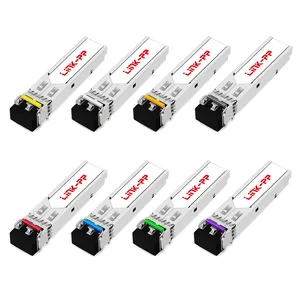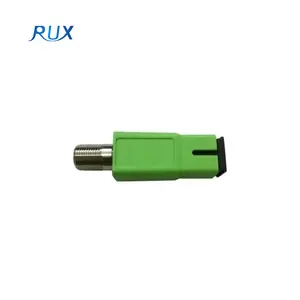Top categories

PCB & PCBA

Circuit Protection

Connectors, Terminals & Accessories

Telecommunications

Development Boards, Electronic Modules and Kits

Electronic Accessories & Supplies

Passive Components

Isolators

Audio Components and Products

Sensors

Displays, Signage and Optoelectronics

RF, Microwave and RFID

Discrete Semiconductors

Wireless & IoT Module and Products

Power Supplies

Relays
About products and suppliers
Understanding Optical Nodes in Modern Networks
Optical nodes are pivotal components in contemporary fiber optic networks, playing a crucial role in facilitating high-speed data transmission. These devices serve as active conversion points where optical signals are transformed into electrical ones before being distributed to various end-users. This category encompasses a diverse range of equipment, each designed to cater to specific networking needs.
Types and Applications of Optical Nodes
The landscape of optical nodes is varied, with each type tailored for different network architectures and applications. Commonly, they are classified based on their functionality in radio & TV broadcasting networks, as well as in broadband fiber networks. Their applications span across multiple sectors, including telecommunications, where they are integral to the infrastructure, ensuring seamless data flow within vast communication networks.
Features and Materials of Optical Nodes
When delving into the features of optical nodes, it's essential to consider their design and the materials used for their construction. Typically, these nodes are engineered for durability and longevity, often housed in robust casings that protect the sensitive optical components within. The choice of materials can range from high-grade plastics to metals, each selected for its ability to shield the internal circuitry from environmental and electromagnetic interferences.
Advantages of Using Optical Nodes
The advantages of integrating optical nodes into a network are manifold. They are known for their efficiency in signal transmission, offering minimal loss over long distances. This efficiency is paramount in maintaining the integrity of the data being transferred. Additionally, their scalability makes them a preferred choice for growing networks, allowing for expansion without significant overhauls.
Selection Criteria for Optical Nodes
Choosing the right optical node requires a thorough understanding of the network's demands. Factors such as compatibility with existing fiber optic equipment, the required range of signal amplification, and the specific type of data transmission method employed are all critical considerations. It's also essential to evaluate the node's capacity to handle future network upgrades and increased data loads.
Environmental Impact and Sustainability
Sustainability is becoming increasingly important in the selection of network components. Modern optical nodes are designed with energy efficiency in mind, reducing the overall carbon footprint of the networks they serve. Furthermore, the materials used are often selected based on their environmental impact, with a push towards recyclability and reduced waste.

























 浙公网安备 33010002000092号
浙公网安备 33010002000092号 浙B2-20120091-4
浙B2-20120091-4